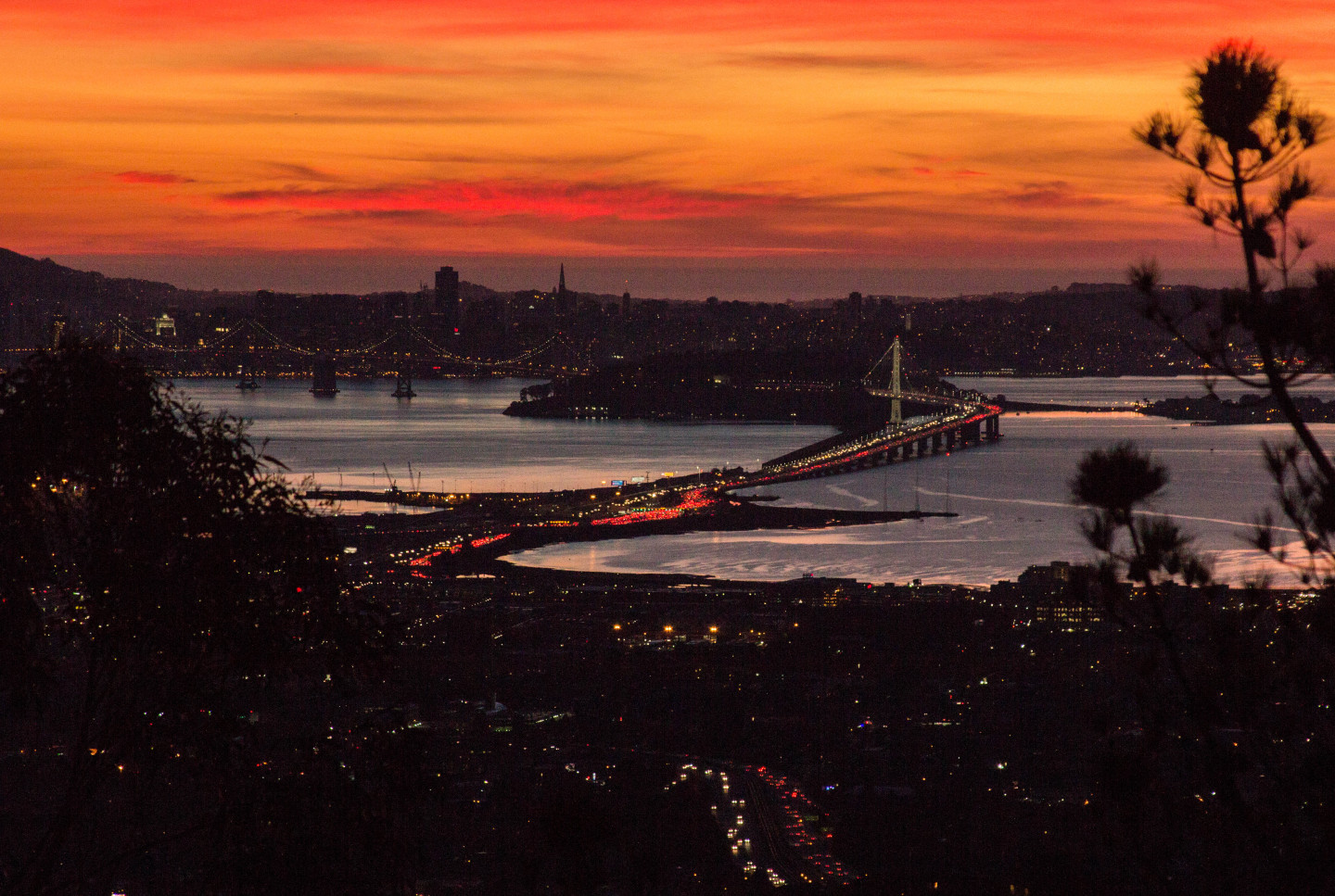Spring forward, everyone!
It sounds jaunty.
But what's really happening this weekend, at 2 a.m. Sunday wherever you happen to be in the United States of America -- except Hawaii and most of Arizona -- is that an hour of precious weekend downtime will vanish in the transition from Standard Time to Daylight Saving Time.
So springing forward, 2 a.m. will become 3 a.m. Our weekend will be shrunk from 48 hours to 47. We will live with an unassuaged sense of grievance (and a faint sense of fatigue) until we get that hour back in November.
Like everything else -- the drought, taxes and potholes -- this is really the fault of a bunch of people in Washington who can't keep their hands off anything. Long, long ago, they latched onto the notion that fiddling with the hands of the clock in the springtime (and again in fall) would benefit humanity.
